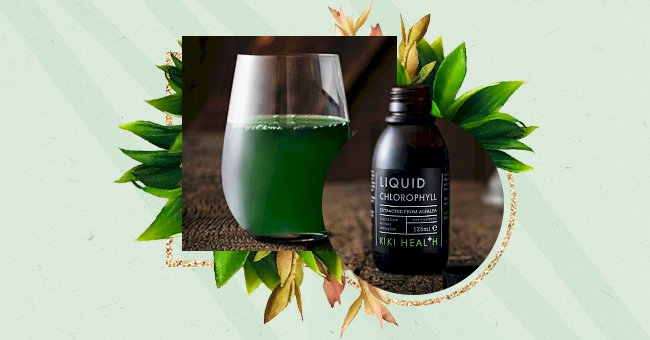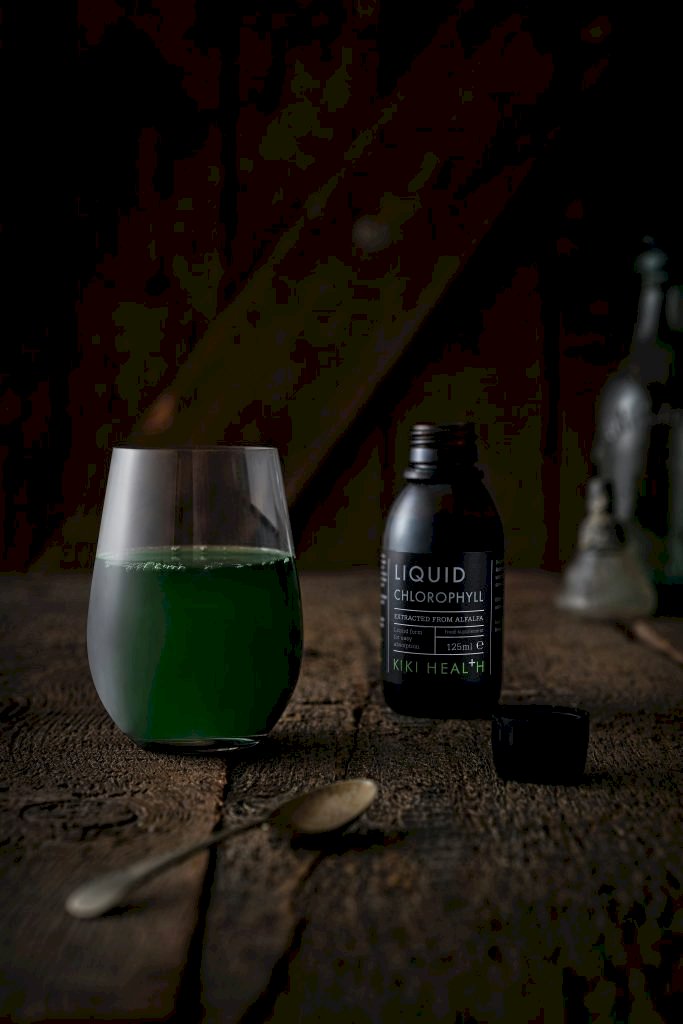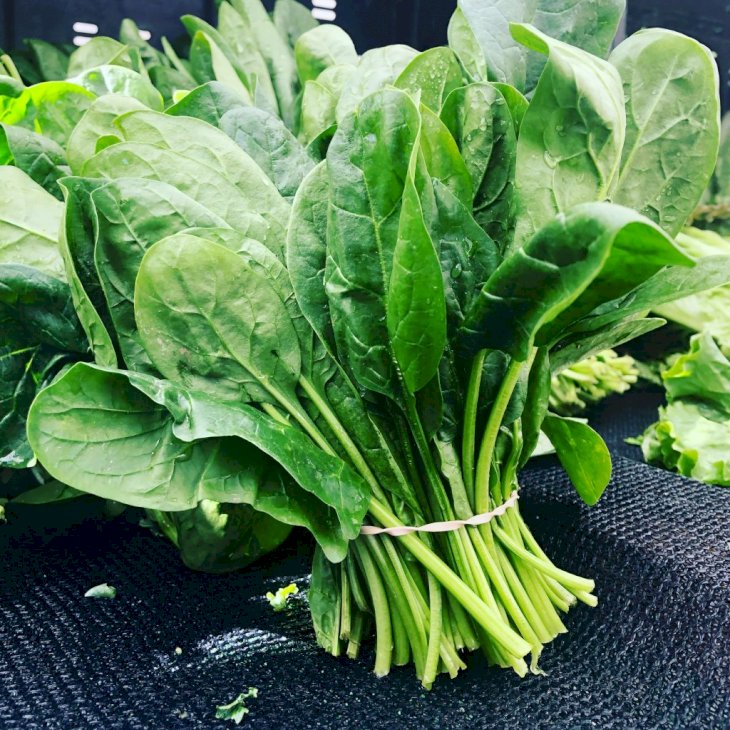
A Glimpse Into The Chlorophyll Trend Taking Over Social Media
Following a healthy lifestyle means you’re trying to give your body all that it needs from the nourishment you’re giving it. With the new trend going around, is chlorophyll something that you have to supplement?
Chlorophyll is a pigment found in plants, and it’s responsible for giving plants that rich and vibrant green color that help them stay healthy. It also is rich in nutrients, antioxidants, and vitamins for humans; that’s why it’s important to eat your veggies!
While people are adding chlorophyll drops to their food and drinks, what purpose does it serve, especially if we’re getting it from eating vegetables? Here’s all you need to know.
Chlorophyll Supplements

Unsplash
Chlorophyll can be found in vegetables like spinach, parsley, and wheatgrass, among other green veggies out there. Your leafy veggies are essential sources of nutrients like iron and calcium, which you need for your blood, bones, and overall health!
It might be hard eating your veggies, especially if you can’t stomach the taste of them, but you can always tweak a recipe to make it enjoyable. Your veggies should be your primary source of nutrition.
Capsules, drops, and even juices contain a chemical chlorophyllin, a copper-based chemical that can supplement the chlorophyll into your diet. Sometimes a lot of the chlorophyll you consume can get lost in digestion because your gut destroys it, or maybe you’re simply not eating enough.
Supposed Benefits

Unsplash
Not much research has been conducted on the benefits of chlorophyll, as is with most of the trending beauty and wellness hacks these days. The packaging, however, promises a great deal of health benefits.
Results of using chlorophyllin on your skin as a topical treatment for acne and signs of aging from sun damage have been seen. The research has only been conducted on a small scale, so it may not be as effective if you try it out.

Unsplash
Wheatgrass, which has a high chlorophyll content, has been shown to improve the quality of red blood cells and aid in oxygen transport around the body. Although its content of chlorophyll is high, the benefit might better be attributed to wheatgrass itself.
Animal studies have shown that chlorophyll can lower cancer risk, especially of the liver and stomach. The research still needs to be conducted on adults and is not the same with chlorophyllin; also, sustaining a diet high in spinach and parsley may not be sustainable.
In the past, chlorophyll has been used to promote wound healing and preventing infections, and there are medications that contain chlorophyllin that can be used. These medications and other personal hygiene products contain chlorophyll which helps managing body odors.
Safety

Unsplash
Taking a herbal supplement can be seen as safe just because it comes from nature; that may not always be the case. Look out for any signs of diarrhea, nausea, and if you’re using it on your skin, look for signs of irritation.
Because little is known about its effects, you should be cautious and talk to your doctor when using it during pregnancy or breastfeeding. If you do take the supplement, don’t be surprised if your poo is green, yellow, or even black!
Don’t think that you can skip out on your leafy greens and use this supplement! You have to eat them; this should only be used to help you if you’re not getting enough, and remember to always consult your doctor before trying a new supplement, especially when you’re taking chronic medication.